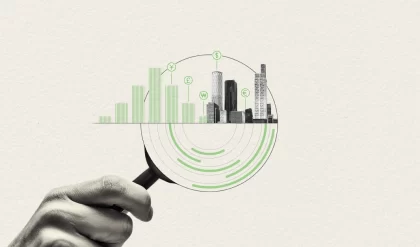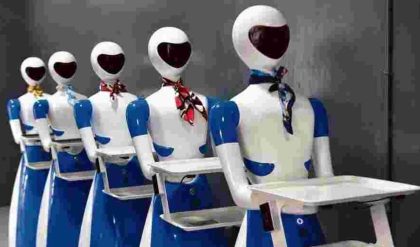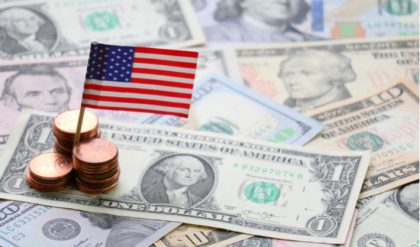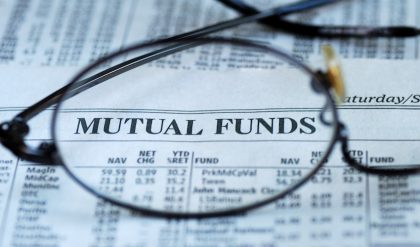Macroeconomics is the study of the behavior of the economy as a whole. This is different from microeconomics, which concentrates more on individuals and how they make economic decisions. Needless to say, macroeconomics is very complicated, and there are many factors that influence it. These factors are analyzed with various economic indicators that tell us about the overall health of the economy.
Macroeconomists try to forecast economic conditions to help consumers, firms and governments make better decisions.
Consumers want to know how easy it will be to find work, how much it will cost to buy goods and services in the market, or how much it may cost to borrow money.
Businesses use macroeconomic analysis to determine whether expanding production will be welcomed by the market. Will consumers have enough money to buy the products, or will the products sit on shelves and collect dust?
Governments turn to macroeconomics when budgeting spending, creating taxes, deciding on interest rates and making policy decisions.
Macroeconomic analysis broadly focuses on three things: national output (measured by gross domestic product), unemployment and inflation.
National Output: Gross Domestic Product
Output, the most important concept of macroeconomics, refers to the total amount of goods and services a country produces, commonly known as the gross domestic product (GDP). This figure is like a snapshot of the economy at a certain point in time.
When referring to GDP, macroeconomists tend to use real GDP, which takes inflation into account, as opposed to nominal GDP, which reflects only changes in price. The nominal GDP figure will be higher if inflation goes up from year to year, so it is not necessarily indicative of higher output levels, only of higher prices.
The one drawback of GDP is because the information has to be collected after a specified time period has passed, a figure for the GDP today would have to be an estimate. GDP is nonetheless a stepping stone into macroeconomic analysis. Once a series of figures is collected over a period of time, they can be compared, and economists and investors can begin to decipher business cycles, which are made up of the periods alternating between economic recessions (slumps) and expansions (booms) that have occurred over time. (For more, see: High GDP Means Economic Prosperity, or Does It?)
From there we can begin to look at the reasons why the cycles took place, which could be government policy, consumer behavior or international phenomena, among other things. Of course, these figures can be compared across economies as well. Hence, we can determine which foreign countries are economically strong or weak.
Based on what they learn from the past, analysts can then begin to forecast the future state of the economy. It is important to remember that what determines human behavior and ultimately the economy can never be forecasted completely.
Unemployment
The unemployment rate tells macroeconomists how many people from the available pool of labor (the labor force) are unable to find work. (For more about employment, see: Surveying The Employment Report.)
Macroeconomists have come to agree when the economy has witnessed growth from period to period, which is indicated in the GDP growth rate, unemployment levels tend to be low. This is because with rising (real) GDP levels, we know output is higher, and hence, more laborers are needed to keep up with the greater levels of production.
Inflation
The third main factor that macroeconomists look at is the inflation rate, or the rate at which prices rise. Inflation is primarily measured two ways: through the Consumer Price Index (CPI) and the GDP deflator. The CPI gives the current price of a selected basket of goods and services that is updated periodically. The GDP deflator is the ratio of nominal GDP to real GDP. (For related reading, see: The Consumer Price Index: A Friend To Investors
If nominal GDP is higher than real GDP, we can assume that the prices of goods and services has been rising. Both the CPI and GDP deflator tend to move in the same direction and differ by less than 1%.
Demand and Disposable Income
What ultimately determines output is demand. Demand comes from consumers (for investment or savings, residential and business-related), from the government (spending on goods and services of federal employees) and from imports and exports.
Demand alone, however, will not determine how much is produced. What consumers demand is not necessarily what they can afford to buy, so to determine demand, a consumer’s disposable income must also be measured. This is the amount of money left for spending and/or investment after taxes.
To calculate disposable income, a worker’s wages must be quantified as well. Salary is a function of two main components: the minimum salary for which employees will work and the amount employers are willing to pay to keep the employee. Given that demand and supply go hand in hand, salary levels will suffer in times of high unemployment, and prosper when unemployment levels are low.
Demand inherently will determine supply (production levels) and an equilibrium will be reached; however, to feed demand and supply, money is needed. A country’s central bank (the Federal Reserve in the U.S.) typically puts money in circulation in the economy. The sum of all individual demand determines how much money is needed in the economy. To determine this, economists look at the nominal GDP, which measures the aggregate level of transactions, to determine a suitable level of money supply.





